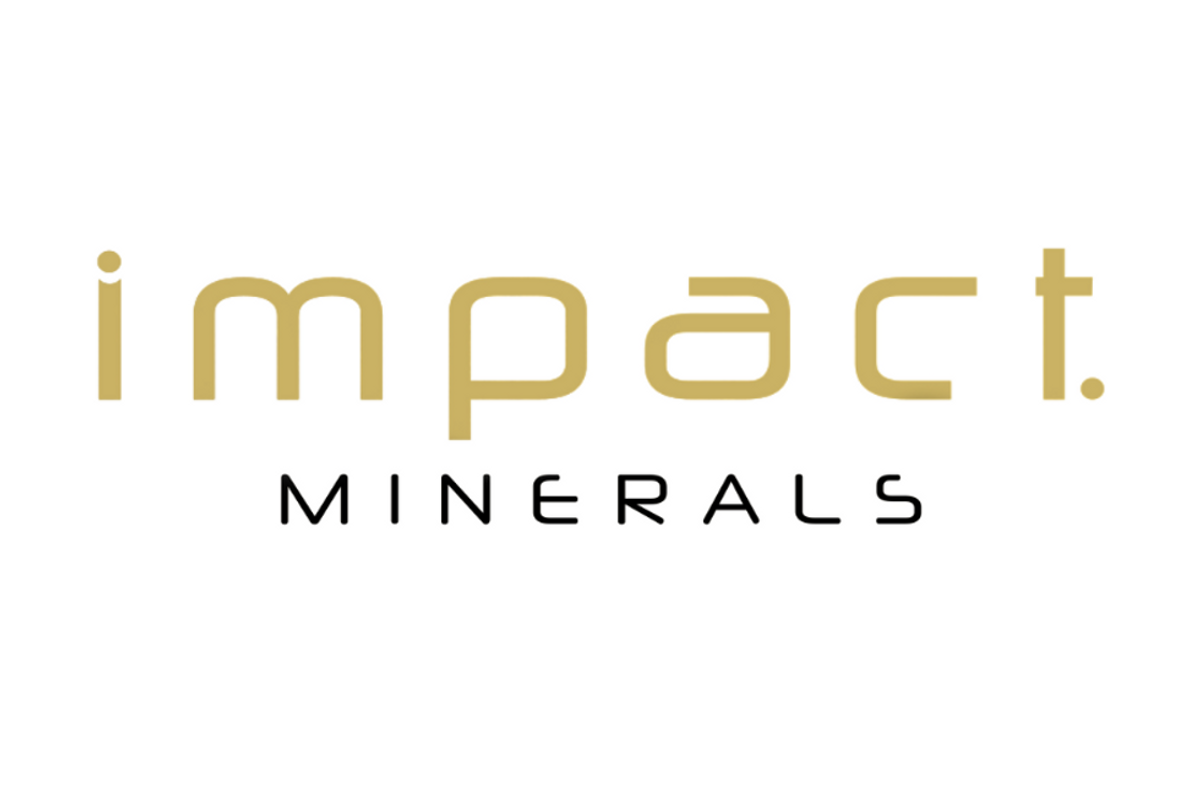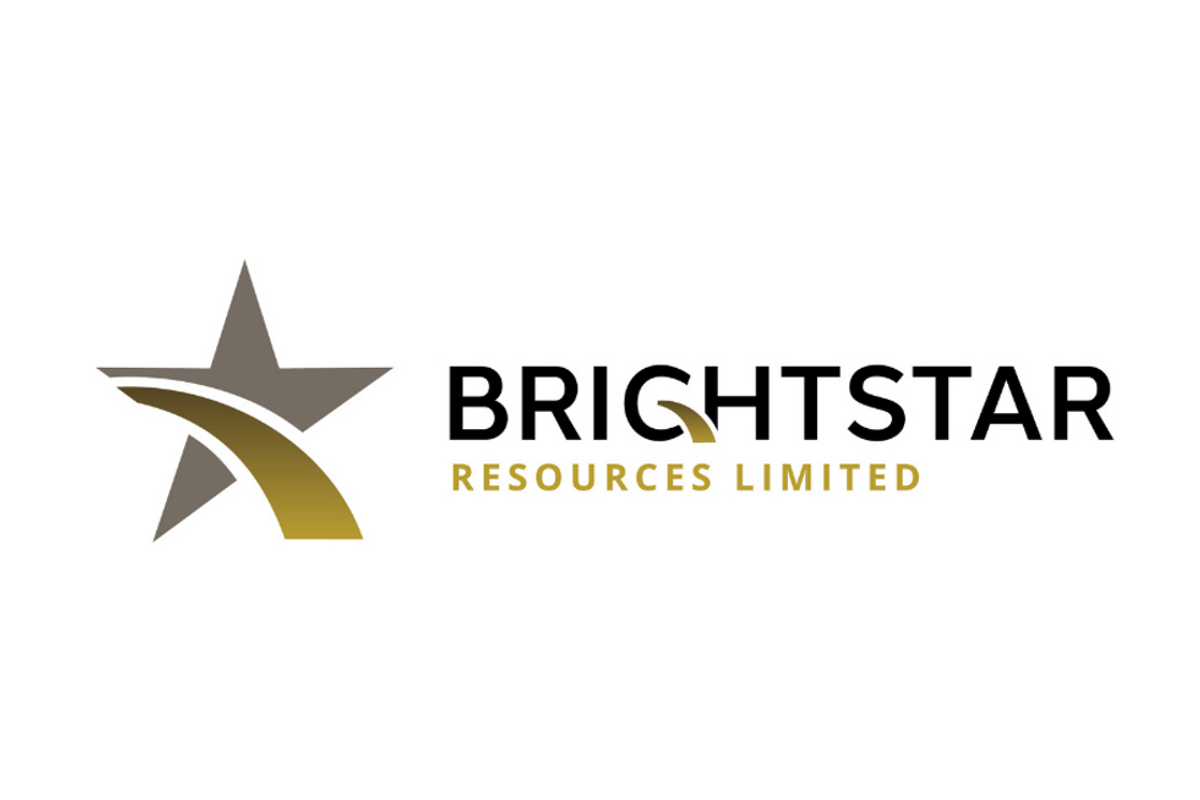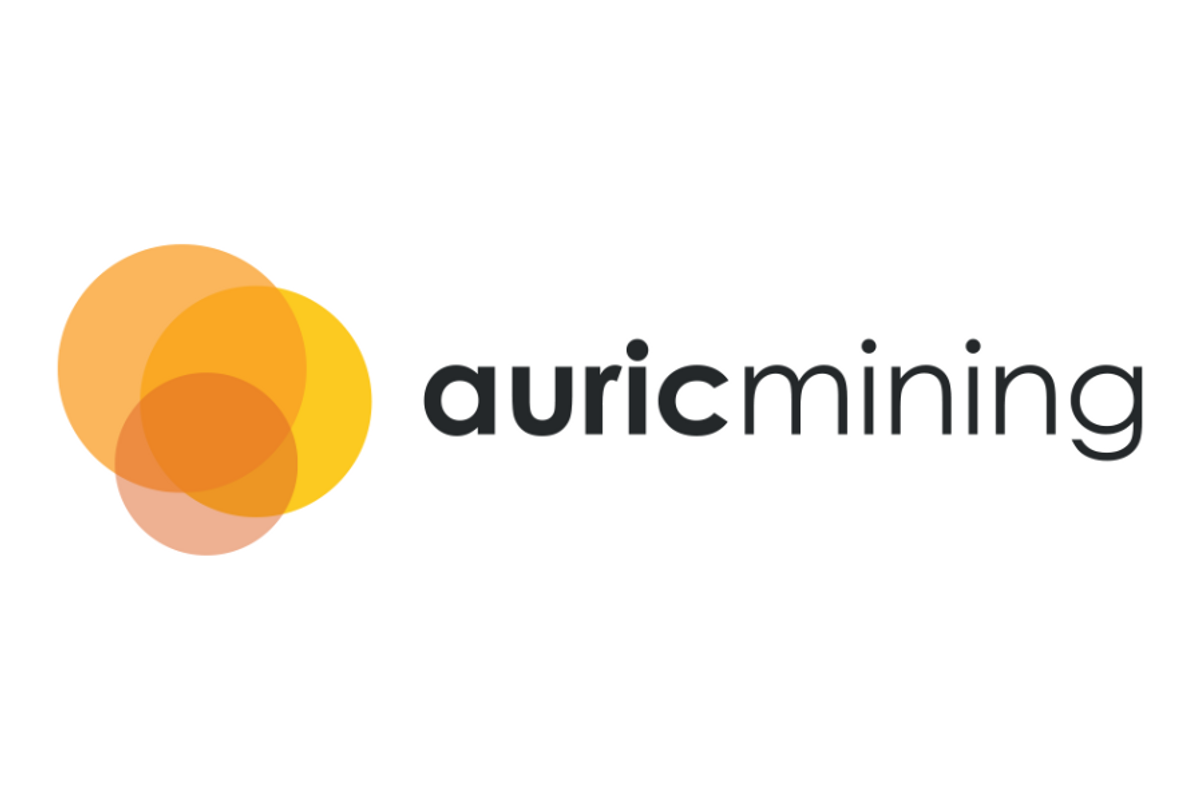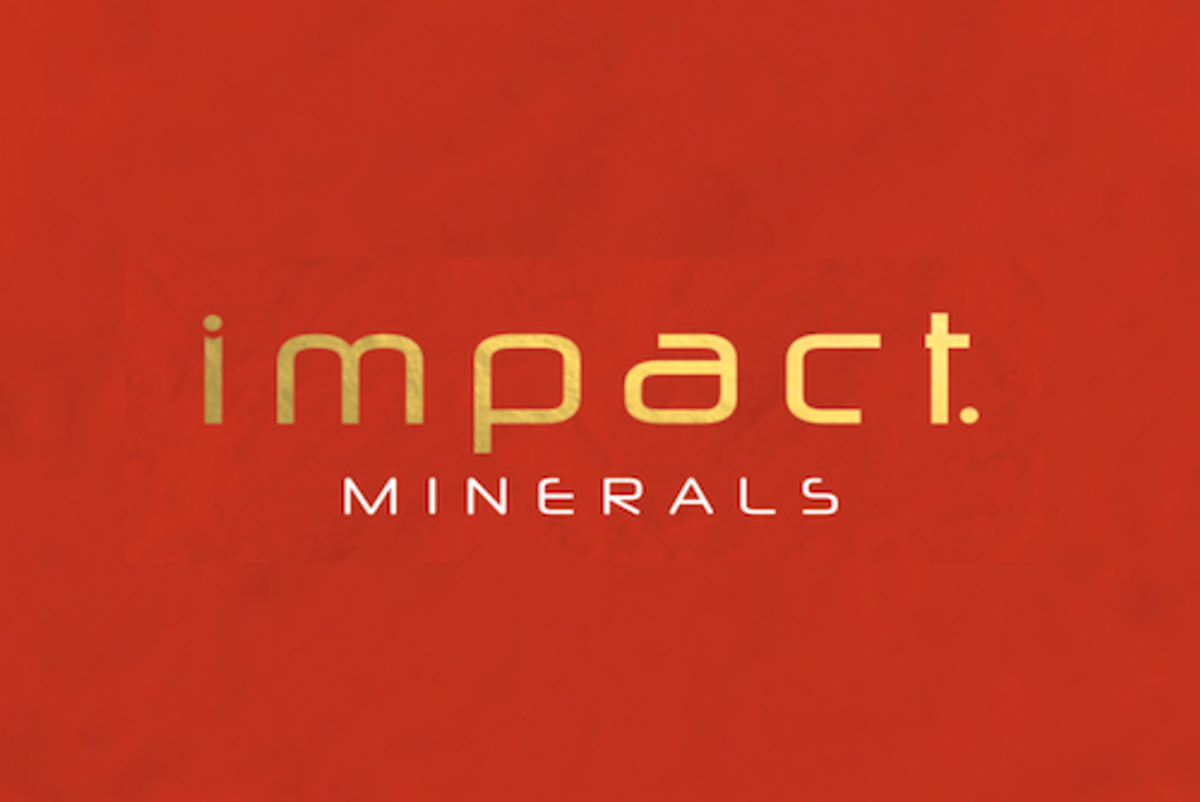
- NORTH AMERICA EDITIONAustraliaNorth AmericaWorld
Investing News NetworkYour trusted source for investing success
January 16, 2023
Impact Minerals (ASX:IPT) is pleased to announce that it has been selected to participate in the inaugural BHP Xplor program, principally to help fund exploration at the Company’s Broken Hill Project in New South Wales.
BHP Xplor, an accelerator program introduced by BHP in August 2022, is designed to help provide participants with the opportunity to accelerate their growth and the potential to establish a long-term partnership with BHP and its global network of partners.
Impact will receive up to US$500,000 in cash payments from BHP over the next six months and gain access to a network of internal and external experts to help guide development in the technical, business and operational aspects of the company.
Impact’s Managing Director Dr Mike Jones said “We are thrilled and honoured to be one of first-ever participants of the prestigious BHP Xplor program and to partner with the world’s largest mining company in our exploration. This is a testament to Impact’s innovative thinking over the years and we are looking forward to working with them to accelerate exploration at Broken Hill and also upgrading our skills company-wide by gaining access to their global network”.
Sonia Scarselli, Vice President, BHP Xplor shares, “We are amazed by the diversity and quality of the submissions we reviewed and selected. We are confident that the BHP Xplor program will support the companies chosen to accelerate their concepts and ideas, to help take them to the next level.”
The BHP Xplor funding will be used to identify new target areas for copper and other energy metals around the Broken Hill area where Impact has been quietly adding to its ground position for a number of years.
Impact believes that there is significant untapped exploration potential at Broken Hill for copper mineralisation and has been working with world renowned geologist Prof. Tony Crawford on a new model for copper associated with mafic intrusions that are part of the Broken Hill Group rocks.
This is a different exploration model to that being pursued by Impact’s joint venture partner IGO Limited on EL7390 and EL8234 which are excluded from the program and comprise a very small portion of Impact’s tenements in the area (ASX release 9th November 2021).
The funding, to be spent over the next six months, will be mostly directed at developing a new, detailed three- dimensional model of the geology of the region based on new insights gained by Impact during its work there over the past ten years, together with an interpretation of magnetic and gravity data.
Under the Xplor program agreement between BHP and Impact, BHP does not acquire an equity interest in Impact or any project, however Impact commits to certain exclusivity and pre-emption regimes with respect to investments in Impact or its projects, as well as data sharing provisions in relation to the six month program.
About BHP Xplor
BHP Xplor is dedicated to accelerating innovative, early-stage mineral exploration concepts to find the critical resources necessary to drive the energy transition.
We are searching around the globe for the next generation of explorers that are ready to think about the earth’s
minerals systems differently to unlock copper, nickel and other critical mineral deposits.
To stay up to date with the BHP Xplor program news and opportunities, visit https://www.bhp.com/xplor.
This announcement has been approved for release to the ASX by Dr Michael Jones, Managing Director.
Click here for the full ASX Release
This article includes content from Impact Minerals, licensed for the purpose of publishing on Investing News Australia. This article does not constitute financial product advice. It is your responsibility to perform proper due diligence before acting upon any information provided here. Please refer to our full disclaimer here.
IPT:AU
The Conversation (0)
27 March
Successful Completion of the Renounceable Rights Issue
Impact Minerals Limited (IPT:AU) has announced Successful Completion of the Renounceable Rights Issue
19 March
Renounceable Rights Issue Closing Date
13 March
Major drill targets identified at the Caligula Prospect
Impact Minerals Limited (IPT:AU) has announced Major drill targets identified at the Caligula Prospect
09 March
NFM: Sale of Broken Hill East Project to Impact Minerals
Impact Minerals Limited (IPT:AU) has announced NFM: Sale of Broken Hill East Project to Impact Minerals
04 March
Update on the Renounceable Rights Issue to raise $5.2M
Impact Minerals Limited (IPT:AU) has announced Update on the Renounceable Rights Issue to raise $5.2M
1m
Sun Summit Minerals
Investor Insight
Sun Summit Minerals is targeting the delineation of a multi-million-ounce gold-silver resource at its flagship JD project. With strategic positioning in an emerging consolidation hotspot, compelling valuation metrics, and a track record of discovery, Sun Summit is primed to deliver substantial value creation in the coming quarters.
Overview
Sun Summit Minerals (TSXV:SMN,OTCQB:SMREF) is a Canadian mineral exploration company focused on developing its district-scale gold and copper projects in British Columbia. The company’s flagship JD Project, located in the Toodoggone district, is undergoing an aggressive 5,000-meter drill campaign in 2025 aimed at delineating a multi-million-ounce epithermal gold-silver system.
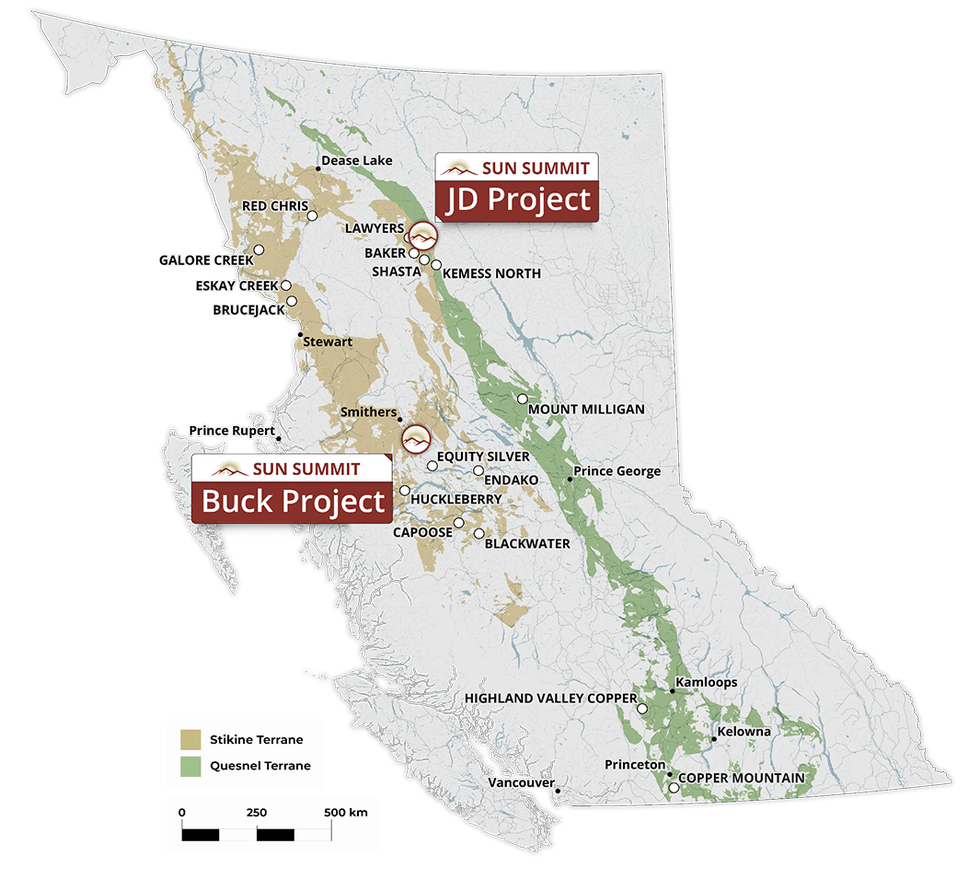
Complementing JD is the company’s Buck project, a large, bulk-tonnage gold-silver system near Houston, BC, with an initial NI 43-101 resource estimate and significant exploration upside.
With capital in hand, a five-year exploration permit secured, and a camp established at JD, Sun Summit is executing a focused strategy to build scale, unlock resource potential and drive shareholder value. The company has taken lessons from its past and re-emerged with a sharpened vision, an overhauled team and assets that are not only high-grade but strategically located to create shareholder value.
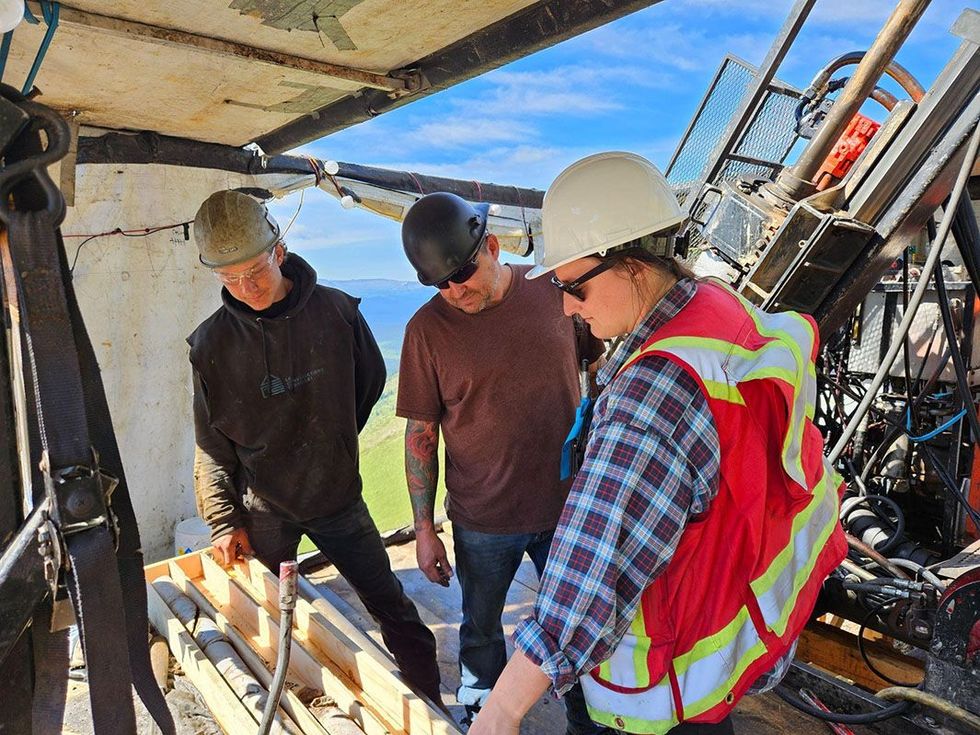
Company Highlights
- Aggressive Discovery Strategy: Sun Summit Minerals is actively advancing the JD and Buck projects in BC, targeting epithermal gold-silver and porphyry copper-gold systems. A fully funded 5,000-meter drill program at JD underway in 2025, aiming to define a multi-million-ounce resource.
- Strategic Location: Both assets are situated in prolific and mining-friendly regions of British Columbia. The flagship JD project lies in the Toodoggone district—home to Thesis Gold and Centerra’s Kemess Mine, while Buck is near the Blackwater, Huckleberry, and Equity Silver mines in central BC.
- Re-rate Potential Opportunity: Trading at just ~$7/oz gold equivalent (EV/oz) based on Buck alone, with no value currently ascribed to JD, the company represents a deep value opportunity compared to the next-door neighbour Thesis Gold trading at ~$50/oz. Success at the drill bit from the ongoing drill program at JD could drive the potential re-rating.
- Fully Funded for 2025: A recent C$10M raise (May 2025) enables a robust exploration program, including drilling, geophysics, and soil sampling. The company is well-positioned to achieve its 2025 and 2026 exploration milestones without further dilution.
- Experienced, Capital Markets-Savvy Leadership: CEO Niel Marotta brings capital markets acumen from Fidelity and Orezone. The broader team includes senior geologists and advisors with decades of success in gold discoveries and mine development in BC.
- Positioned for Consolidation: With majors like Freeport, Centerra, and Skeena investing heavily in adjacent properties, Sun Summit is strategically located and advancing at the right time in the Lassonde Curve to benefit from industry-wide M&A and consolidation trends.
Key Projects
JD & Theory Projects
The JD & Theory projects span more than 25,000 hectares in the heart of the Toodoggone mining district in north-central BC, one of Canada’s most prospective belts for epithermal gold-silver and porphyry copper-gold systems. The district is home to Thesis Gold’s Ranch and Lawyers deposits (4.7 Moz gold equivalent, C$250 million market cap), Centerra’s Kemess underground development, and TDG Gold’s Shasta-Baker project. Infrastructure around the project includes hydroelectric grid access, the nearby Sturdee airstrip and all-season roads.

The JD project hosts a 4.5 km mineralized corridor, known as Creek-Finn, with multiple underexplored targets showing evidence of both high-grade veins and broad disseminated gold systems. Historic and recent drill highlights include:
- 2.1 grams per ton (g/t) gold over 122.5 m including 121 g/t gold over 1.5 m (CZ-24-004)
- 11.7 g/t gold over 22 m including 61.2 g/t gold over 4 m (CZ97-008)
- 7.3 g/t gold over 35.7 m including 215.4 g/t gold over 1 m (JD95-0472)
The Creek Zone features high-grade epithermal veins within broader disseminated zones, supported by strong IP anomalies and gold-in-soil results up to 12.2 g/t gold. The Finn Zone hosts near-surface mineralization with extensive historical drilling (~270 holes) and is open in all directions. Other targets include McClair (porphyry copper), East McClair (copper-gold skarn) and Moosehorn.
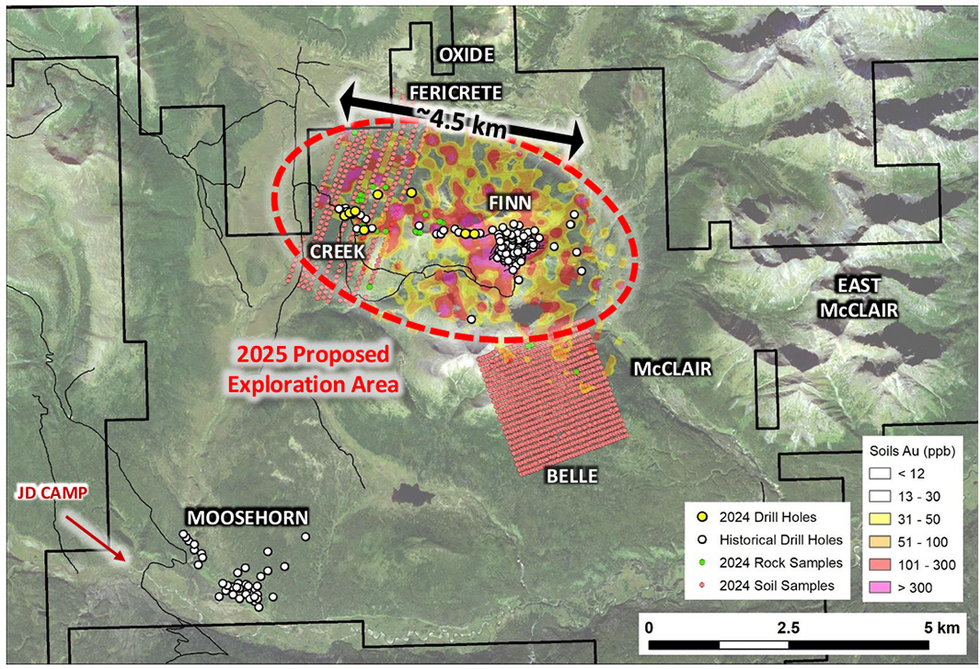
The 2025 program includes 5,000 meters of core drilling across 25 holes, 20 km of IP geophysics, 2,000+ soil samples, and full-scale camp operations. A five-year permit secured in April 2025 provides exploration continuity through 2030.
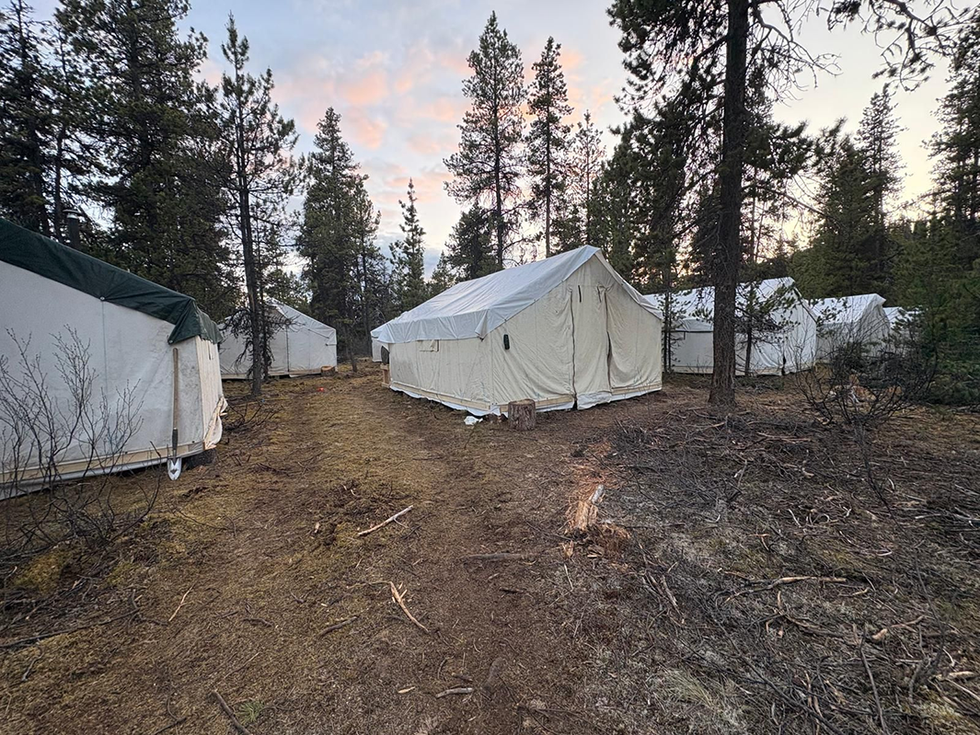
Camp setup at JD project
Sun Summit can earn 100 percent of the JD project by making staged cash/share payments and completing work commitments through 2029. With ~C$6 million earmarked for the project this year alone, Sun Summit is expected to fulfill its 2025 and 2026 earn-in obligations without additional equity raises.
Buck Project
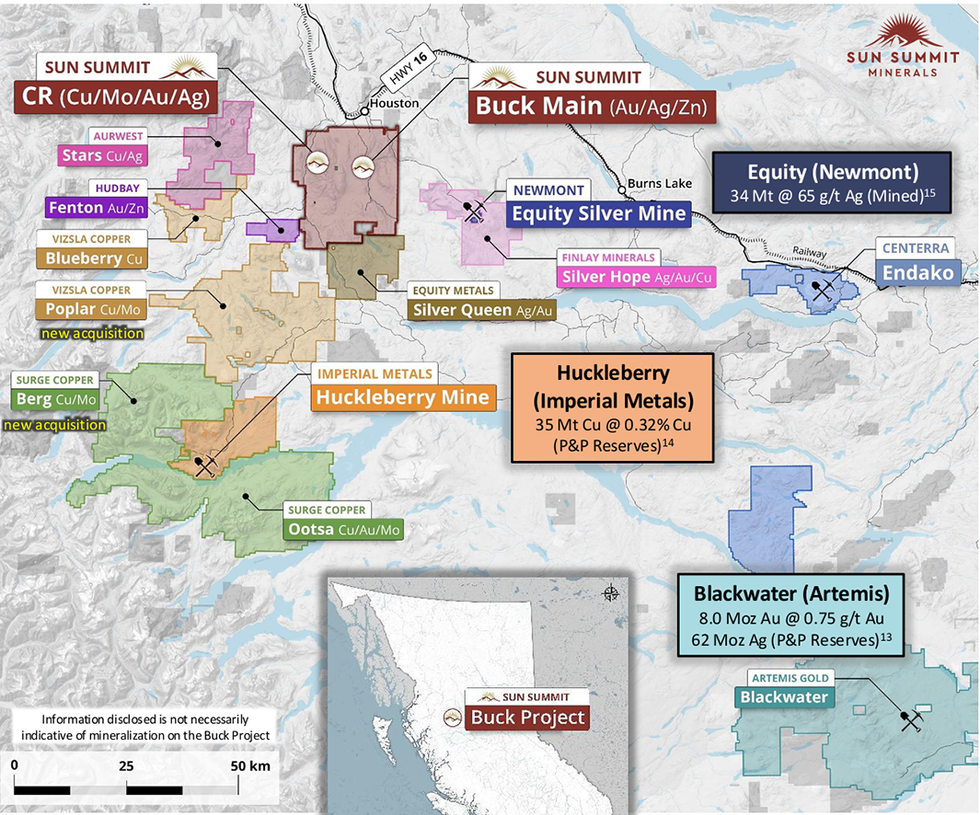
The 100 percent owned Buck project spans 52,000 hectares and is located near key deposits, including Artemis Gold’s Blackwater (8 Moz gold), Imperial’s Huckleberry copper mine, and Newmont’s historic Equity Silver mine. Buck features near-surface bulk-tonnage gold-silver mineralization with porphyry copper-molybdenum potential at depth.
In February 2025, Sun Summit published its inaugural NI 43-101 mineral resource:
- Indicated: 1.15 Mt @ 0.519 g/t gold equivalent (19,100 oz)
- Inferred: 52.2 Mt @ 0.489 g/t gold equivalent (820,400 oz)
Mineralization remains open in all directions. Buck is considered a strategic asset providing leverage to rising gold prices and future transaction potential, but currently receives minimal capital allocation as JD is prioritized.
Management Team
Niel Marotta – Chief Executive Officer and Director
Niel Marotta has more than two decades of capital markets experience, including a successful tenure at Fidelity (FMRCo.), where he managed the top-performing Select Gold Fund and oversaw >$1 billion in AUM. He was previously VP at Orezone Resources, where he helped lead its C$350 million acquisition by IAMGOLD. Marotta has raised over $1 billion in financing and is driving Sun Summit’s transition from a legacy explorer to a discovery-focused value generator.
Brian Lock – Executive Chairman
A veteran of the mining industry with 40+ years of executive experience, Brian Lock has led multiple public companies, including Castle Peak Mining and Scorpio Gold. His expertise spans project development, M&A and corporate governance.
Waseem Javed – Chief Financial Officer
A seasoned mining CFO, Waseem Javed ensures disciplined capital deployment and financial controls. His experience spans junior explorers and mid-tier producers across Canada and the US.
Ken MacDonald – VP Exploration
Ken MacDonald is a registered professional geologist with over 30 years in mineral exploration and permitting in BC. Formerly with the BC Mines Branch and multiple juniors, he leads Sun Summit’s technical programs and NI 43-101 compliance.
Christopher Leslie – Technical Advisor
An expert in porphyry and epithermal systems, Christopher Leslie led the discovery of the 8 Moz Blackwater deposit while at Richfield Ventures, and later served as VP exploration for Tower Resources. He was instrumental in advancing the JD-Theory project during its prior ownership.
Robert D. Willis – Senior Advisor
Founder of several successful exploration companies, including Pioneer Metals and Manhattan Minerals, Robert Willis has 35+ years of technical and executive experience across North and South America.
Terry Salman – Strategic Advisor
Founder of Salman Partners and one of Canada’s most influential mining financiers, Terry Salman has backed dozens of successful juniors over a 40-year career in mining investment banking.
Keep reading...Show less
01 July
David Erfle: Silver Staging "Powerful" Breakout; Plus Gold Stocks and Copper Squeeze
David Erfle, editor and founder of Junior Miner Junky, shares his short-term outlook for gold, saying it could see a healthy test of US$3,200 per ounce — or even US$2,950 to US$3,000.
Erfle also shares his thoughts on what's coming for silver and copper prices.
Don't forget to follow us @INN_Resource for real-time updates!
Securities Disclosure: I, Charlotte McLeod, hold no direct investment interest in any company mentioned in this article.
Keep reading...Show less
01 July
Equity Metals: Advancing High-grade, District-scale Silver and Gold Assets in British Columbia
Equity Metals (TSXV:EQTY,OTCQB:EQMEF,FSE: EGSD) is rapidly advancing exploration at its 100 percent-owned Silver Queen Project in British Columbia, aiming to expand resources and further de-risk one of the province’s most promising high-grade polymetallic deposits. Situated in the prolific Skeena Arch—home to the historic Equity Silver and Huckleberry mines—Silver Queen hosts an NI 43-101 compliant resource of 62.8 million ounces silver equivalent (indicated) and 22.5 million ounces silver equivalent (inferred). Ongoing drilling in 2024 continues to extend known zones while uncovering new areas of mineralization.
The company is also advancing its newly acquired Arlington Project, a district-scale, never-before-drilled gold-copper-silver asset located in southern BC’s Greenwood Mining Division. With geological similarities to historic producers such as Phoenix and Buckhorn, Arlington is currently undergoing an aggressive 3,000-meter drill program, targeting high-grade, gold-enriched polymetallic mineralization.
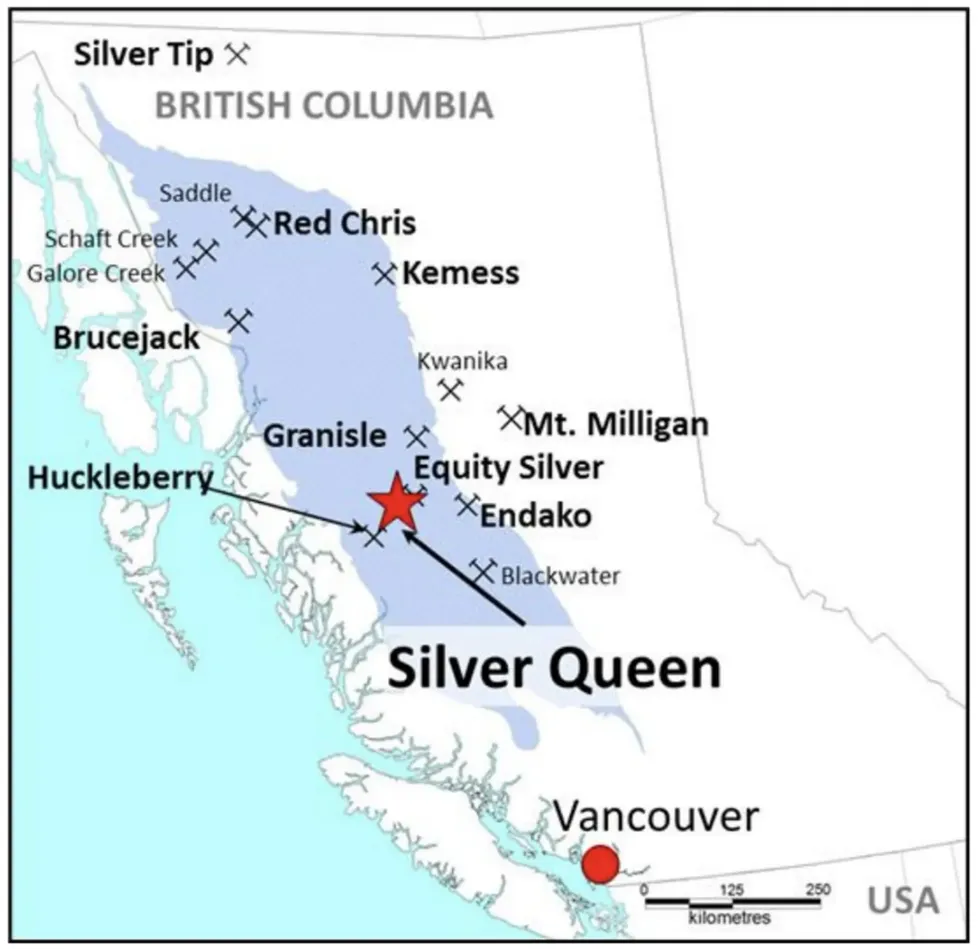
The Silver Queen Project is Equity Metals’ 100%-owned flagship asset, located in the heart of British Columbia’s prolific Skeena Arch, approximately 35 kilometers south of Houston. Covering 18,871 hectares, the property comprises 17 crown-granted titles and 46 mineral tenure claims within the Omineca Mining Division. Strategically positioned among past-producing and active mines, including the Equity Silver Mine, Berg, Endako, and Mt. Milligan, the project is well supported by established infrastructure, with convenient access to roads, power, and rail.
Company Highlights
- Flagship High-grade Project – Silver Queen: Over 85 million silver-equivalent ounces defined in the heart of BC's Skeena Arch mineral belt, surrounded by Tier 1 infrastructure and historical producers.
- New Gold Discovery Potential – Arlington project: A district-scale, early-stage gold-copper-silver system with analogues to major past-producing skarn and vein-hosted mines in the region.
- Fully Funded for 2025: 9,000 meters of combined drilling is underway across both Silver Queen and Arlington with assay results expected to drive news flow through Q3 and Q4 2025.
- Experienced Management and Technical Team: Track record of discovery and mine development across North America, including the Penasquito and Eskay Creek mines and the Wind Mountain project.
- Exposure to Critical and Precious Metals: Balanced portfolio spanning silver, gold, copper and diamonds with optionality in battery materials (silica) and critical minerals.
This Equity Metals profile is part of a paid investor education campaign.*
Click here to connect with Equity Metals (TSXV:EQTY) to receive an Investor Presentation
Keep reading...Show less
01 July
Completed Sale of Lochinvar Coal Project and Royalty Deed
New Age Exploration (NAE:AU) has announced Completed Sale of Lochinvar Coal Project and Royalty Deed
01 July
Munda Gold Mine - Purchase of Mine Camp, Nickel Rights and Water Assets from WIN Metals
Auric Mining Limited (ASX: AWJ) (Auric or the Company) together with WIN Metals Ltd (ASX: WIN) (WIN Metals or WIN) are pleased to announce that the two parties have successfully agreed to the purchase of a package of WIN assets including all nickel and associated minerals rights, water access rights and a fully equipped mining camp all relating to Auric’s Munda Gold Mine.
Highlights
- This milestone agreement considerably enhances Auric’s mining operations at its Munda Gold Mine.
- Acquisition includes a fully equipped mining camp and all related assets six kilometres from Munda Gold Mine.
- All Nickel rights and entitlements will be owned by Auric.
- Sole access and usage of stored water in the 132N pit by Auric.
- Total purchase price $1.4 Million (ex GST), payable in two tranches: Tranche 1 $900,000 paid 30 June 2025, Tranche 2 $500,000 due 31 July 2025.
Management Comment
Managing Director, Mark English, said:“This acquisition gives Auric greater control over our destiny for open pit mining at our Munda Gold Mine.
“Buying all nickel rights from WIN sees us taking another major step forward at Munda. We’ve moved mining at Munda along rapidly this year and are pleased this hurdle to progress our future expansion will be removed.
“There’s not much water around Widgiemooltha, so as part of this transaction, we are acquiring additional access to stored water in the 132N pit. Having adequate water is extremely important for our mining operations. The mining camp is another huge bonus for Auric being located just six kilometres north of our mine.
“We have reached a highly satisfactory agreement for all Auric shareholders,” said Mr English.
WIN Metals. Managing Director and CEO, Steve Norregaard, said:“WIN wish Auric all the best with their Munda gold project development.
“Proposed Nickel mining at Munda was not contemplated in WIN’s 2024 scoping study and as such would have been far into the future for the Mt Edwards Nickel Project. With the outlook of a prolonged subdued nickel price the opportunity to monetise a relatively small portion of the total projects nickel resource base will provide cash for investment into WIN’s gold assets. This is a transaction that makes sense for both companies,” said Mr Norregaard.
The Announcement
The total consideration is $1.4 million, (ex GST) payable in two separate tranches: the first tranche of $900,000 paid on 30 June 2025, the second, $500,000 due on or before July 31, 2025.
Included in the purchase is a fully equipped mining camp located six kilometres north of the Munda Gold Mine sufficient to house the entire workforce. Additional in the deal, Auric has also acquired sole access to all the water in the pit at 132N, just a short distance from the Munda mine.
Auric will at completion own all mineral rights at Munda, except lithium. The lithium mineral rights remain with WIN.
Upon completion of both tranches, on or before 31 July 2025, Auric will have paid WIN a total of $1.4 million (ex GST), for the mining camp, which includes all associated infrastructure such as solar panels, generators, bulk fuel storage, storage containers together with water rights to the 132N pit and all nickel rights and associated entitlements at Munda. The parties have agreed to expedite the grant of miscellaneous licences over the WIN tenements to secure road access as well as the camp.
Click here for the full ASX Release
This article includes content from Auric Mining, licensed for the purpose of publishing on Investing News Australia. This article does not constitute financial product advice. It is your responsibility to perform proper due diligence before acting upon any information provided here. Please refer to our full disclaimer here.
Keep reading...Show less
Latest News
Latest Press Releases
Related News
TOP STOCKS
American Battery4.030.24
Aion Therapeutic0.10-0.01
Cybin Corp2.140.00
